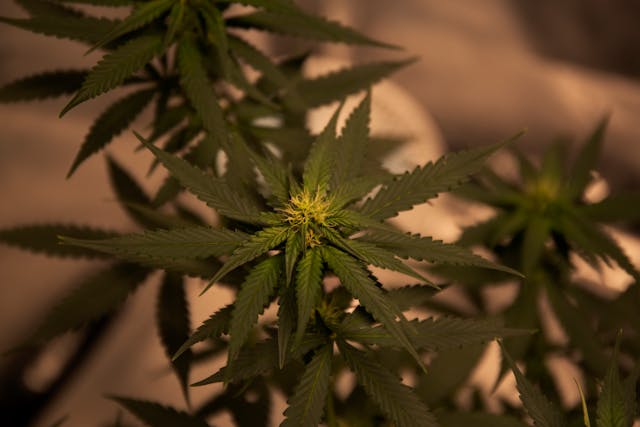Exploring Innovative Techniques in Cannabis Farming

Cannabis farming has evolved significantly in recent years due to technological advancements and increasing legalization worldwide. As demand for high-quality cannabis grows, farmers are turning to innovative techniques to improve yield, sustainability, and potency. This article explores some of the most cutting-edge methods revolutionizing the cannabis industry.
Hydroponics and Aeroponics Systems
Hydroponics and aeroponics systems allow cannabis plants to grow without soil, providing nutrients directly through water or mist. These systems offer several benefits, such as reducing water usage by recycling nutrient-rich solutions, minimizing risks of pests and diseases through controlled environments, and accelerating plant development by providing nutrients directly to roots. Aeroponics, in particular, suspends roots in air and delivers nutrients via a fine mist, promoting oxygen uptake and healthier plants.
Vertical Farming
Vertical farming maximizes space by growing plants in stacked layers. This method is especially effective in urban areas with limited space. It utilizes vertical space to increase production, incorporates LED lighting to optimize growth cycles for energy efficiency, and reduces exposure to pests through controlled environments.
Automation and Smart Technology
The integration of IoT (Internet of Things) devices and smart sensors has transformed cannabis farming. Automated irrigation systems ensure precise water and nutrient delivery, while environmental monitoring sensors track temperature, humidity, and CO2 levels, enabling real-time adjustments. Additionally, AI-powered tools analyze growth patterns to optimize yields and detect potential issues early. Exploring Innovative Techniques in Cannabis Farming Innovative techniques in cannabis farming continue to push boundaries, combining sustainability with cutting-edge technology. These methods not only enhance efficiency but also contribute to the production of higher-quality cannabis strains to meet growing demand.
Tissue Culture Propagation
Tissue culture propagation, or micropropagation, involves growing plants from tissue samples in sterile environments. This method ensures genetic consistency, preserves desirable traits, eliminates pathogens through sterilization processes, and allows rapid cloning of high-quality strains for mass production.
Sustainable Practices
Sustainability is a growing concern in cannabis farming, leading to the adoption of eco-friendly practices. Organic farming avoids synthetic fertilizers and pesticides, enhancing soil health and product quality. Renewable energy sources, such as solar panels and wind turbines, power farms, reducing carbon footprints. Water recycling systems also minimize waste and promote conservation efforts.
Genetic Engineering
Advances in genetic engineering have enabled breeders to create strains with specific cannabinoid and terpene profiles. This approach allows for customized effects targeting medicinal or recreational needs, improves pest and disease resistance to reduce crop losses and chemical use, and enhances yield and potency, boosting profitability and product quality.
Conclusion
The cannabis farming industry is experiencing rapid innovation, driven by advancements in technology and sustainability practices. From hydroponics to genetic engineering, these cutting-edge techniques are paving the way for higher yields, improved quality, and environmentally friendly operations. As legalization expands, ongoing research and development will continue to shape the future of cannabis cultivation.
โพสตอบ
* ต้องล็อกอินก่อนครับ ถึงสามารถเโพสตอบได้
